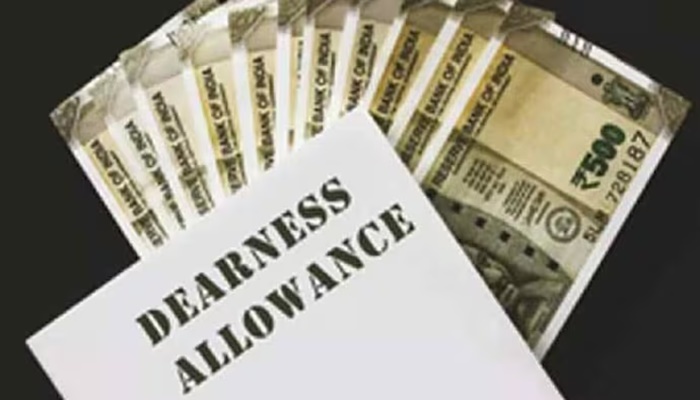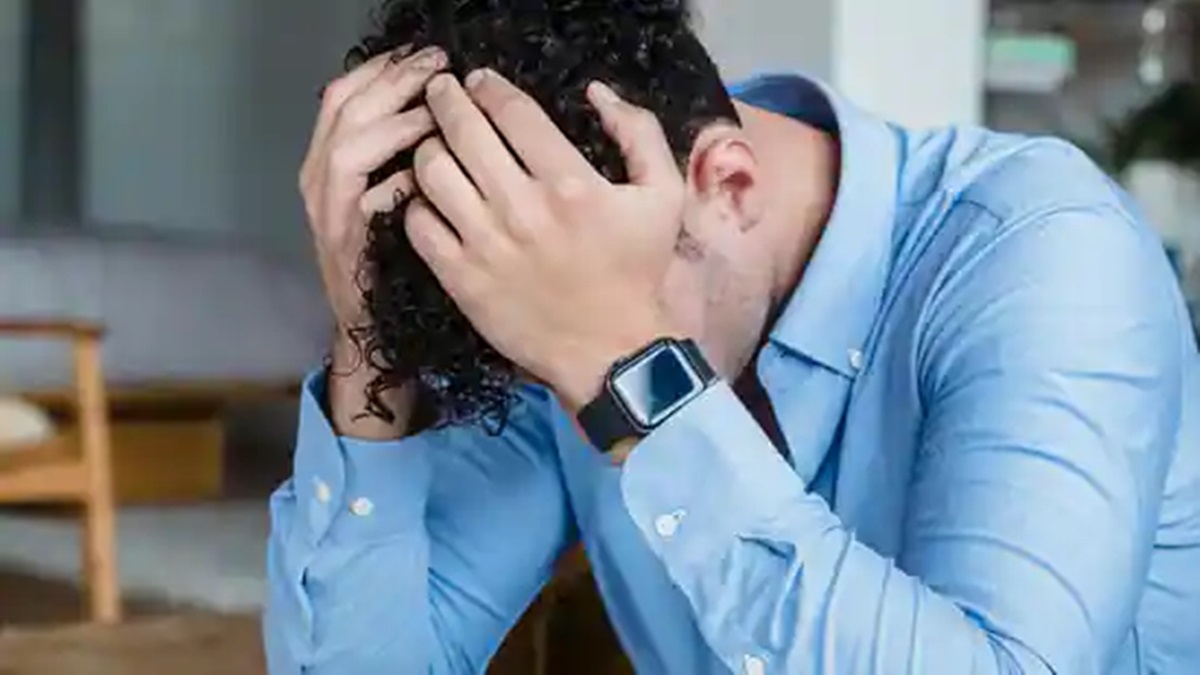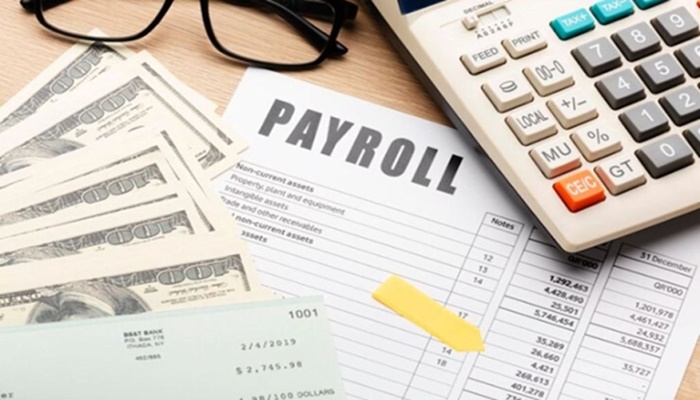8th Pay Commission: Ever since the Modi government announced the formation of a new pay panel in January this year, there has been a lot of speculation around the fitment factor – the multiplier through which the pay commission calculates the new basic pay.
Amidst these talks around the possible fitment factor in the 8th Pay Commission, over 1.2 crore central government employees and pensioners are wondering what the actual increase would be in their salaries and pensions.
If sources are to be believed, the government will very soon come out with the Terms of Reference (ToR) of the 8th Pay Commission. Once the ToR is finalised, the chairman and key members of the pay panel will be appointed.
Last month, the government issued two separate circulars informing that the process was underway to appoint 40 personnel to the 8th Pay Commission. The finance ministry’s circulars said that officials from various government departments on a deputation basis will fill most of these positions.
Various employee organisations are demanding a high fitment factor. Some of them have demanded a fitment factor of 2.86 so that there can be a substantial increase in the current salaries and pensions of government employees and pensioners.
Although they are demanding a high fitment factor, it does not seem so easy to get the government’s consent on this demand.
Former Finance Secretary Subhash Garg recently said that such a big increase (2.86) is not possible. Many believe that the fitment factor could be around 1.92 for the 8th Pay Commission, which will replace the 7th Pay Commission.
Be it 2.86 or 1.92 – what will be the actual increase?
The fitment factor will be applied to the basic pay. For example, if the pay panel recommends 1.92 as the fitment factor, the minimum basic pay will go up to Rs 34,560. Actually, it feels good to see a big number as far as the salary and pension jumps are concerned.
Experts, however, say that a large part of the fitment factor is for inflation adjustment, and what remains is the actual salary increase. That is, the figure of 2.86 may seem huge, but the actual benefit can be less.
What does history say: 6th vs 7th Pay Commission
In the 6th Pay Commission (2006), the fitment factor was 1.86, but the actual salary increase was about 54%.
On the other hand, in the 7th Pay Commission (2016), the fitment factor increased to 2.57, but the actual salary increase was only 14.2%.
So one can see that the calculation is not as simple as one would perceive because most of the fitment of the 7th commission went into adjusting the dearness allowance only.
What does the actual calculation of the fitment factor say?
At the time of the 7th Pay Commission:
2.25% was the current salary + 125% dearness allowance.
Only 0.32% was the increase in the actual salary.
That is, if the old salary is multiplied by 2.57, then only 14.2% of it was really “new money”. The rest was just in sync with inflation.
Employees’ expectations and government’s preparation
At present, about 47 lakh central government employees and 65 lakh pensioners are waiting for the government to finalise the ToR and appoint pay commission members so that the panel’s recommendations are implemented in time. The 8th Pay Commission term will start from January 2026 as the current 7th Pay Commission’s term ends on December 31, 2025.
The previous commission was implemented in 2016, which put an additional burden of Rs 1.02 lakh crore on the government.




















